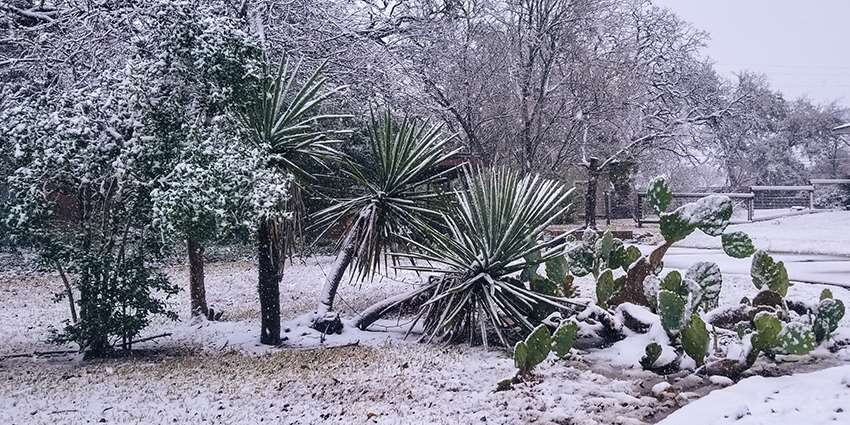Article originally written by Ava English
Texas has 10 different climatic zones, making it vulnerable to extreme events such as tropical storms and hurricanes, extreme precipitation, heat and cold spells, heavy snowstorms, severe flooding, droughts, and wildfires.
The book “Climate Change and Extreme Events,” recently published by Elsevier, explores the relationship between these types of climate change-related weather events and their impact on human lives through a multidisciplinary lens.
It addresses common gaps in our understanding of climate change and the societal impacts of climate change-related weather extremes.
The book is divided into four major categories: 1) weather parameters, 2) hydrological responses, 3) mitigation and adaptation and 4) governance and policies. Each section addresses past, present and future perspectives of climate-related events.
The editor, Dr. Ali Fares, is an endowed professor of water security and water-energy-food nexus of the College of Agriculture and Human Sciences at Prairie View A&M University.
“I’m thrilled that I had the opportunity to lead an international team composed of 24 scientists to develop this book,” Fares said.
“Climate Change and Extreme Events” serves as a valuable resource to climate scientists, meteorologists, environmental researchers and social scientists interested in extreme weather. The book also encourages continued dialogue about this issue.
“It is necessary to continue investigating our strategies for predicting and preventing disasters resulting from these events. We have to keep asking the question, ‘How can we build more resilient infrastructure and prepared societies?’” Fares explained.
Click here to learn more about and access the book.



